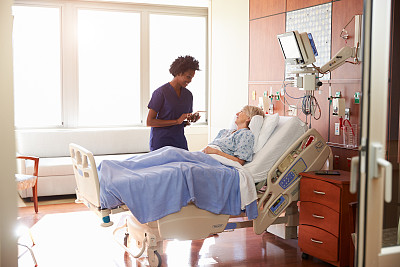How to Develop a Safe Exercise Program for Osteoporosis
In the absence of traumatic falls, even fragile bones can often manage the demands of daily life. The challenge is that falls and the fractures they cause are common in older adults. Regular, appropriately dosed exercise is one of the most effective strategies for prevention because it strengthens bone, improves muscle power, coordination, and balance, and builds confidence in movement. An exercise program should be designed to reduce fall risk, load the skeleton safely, and fit the person’s medical status and home environment.
Before starting at home, set up a safe space. Clear enough room to move freely, remove tripping hazards such as loose rugs and clutter, avoid sharp‑edged furniture, and choose footwear and clothing that are comfortable and non‑restrictive. Pick a time of day that aligns with your energy and routine, and consider enlisting a family member, friend, or supervised group when available; companionship can improve adherence and provide another set of eyes for safety.
Match activities to the degree of bone loss and fracture risk. When osteoporosis is established—or if there is a recent or painful vertebral fracture—avoid sudden, forceful movements, high‑impact landings, heavy or asymmetric loads, and especially deep forward bending or twisting of the spine under load. Everyday tasks can be made safer by lifting close to the body with two hands, distributing weight evenly, and hinging at the hips rather than rounding the back when reaching for low items or pushing a vacuum. As symptoms improve and bone status stabilizes, the program can be revisited and gradually progressed with professional guidance.
Weight‑bearing activities such as walking, dancing, stair climbing, and golf provide gentle skeletal loading and are usually suitable starting points. Non–weight‑bearing modes like cycling, swimming, and rowing are excellent for cardiovascular and muscular health but place less load on bone; they can complement, not replace, weight‑bearing work in an osteoporosis‑focused plan. People with severe osteoporosis or complex medical histories should discuss specific do’s and don’ts with a clinician or qualified trainer before beginning.
Each session should include a brief warm‑up of about five to ten minutes to raise body temperature and practice smooth movement through the shoulders, hips, and knees. Progressive strength training is a core element because stronger muscles transmit greater, controlled forces to bone, which encourages maintenance or modest gains in bone density. Controlled flexibility work helps maintain comfortable range without stressing passive tissues, and balance practice—such as steady standing drills or supported single‑leg stances—reduces fall risk by improving postural control. Exercises can be performed standing, seated, supine, or on hands and knees; choose positions that feel stable and pain‑free, and emphasize quality of movement over intensity.
Progress should be gradual and guided by symptoms. Keep movements smooth and pain‑free, breathe steadily rather than holding the breath, and allow ample recovery between harder days. If dizziness, chest pain, unusual shortness of breath, or sharp spinal pain occurs, stop and seek medical advice. With a safe setup, attention to technique, and steady practice, exercise becomes a powerful tool to protect bone health and preserve independence.







